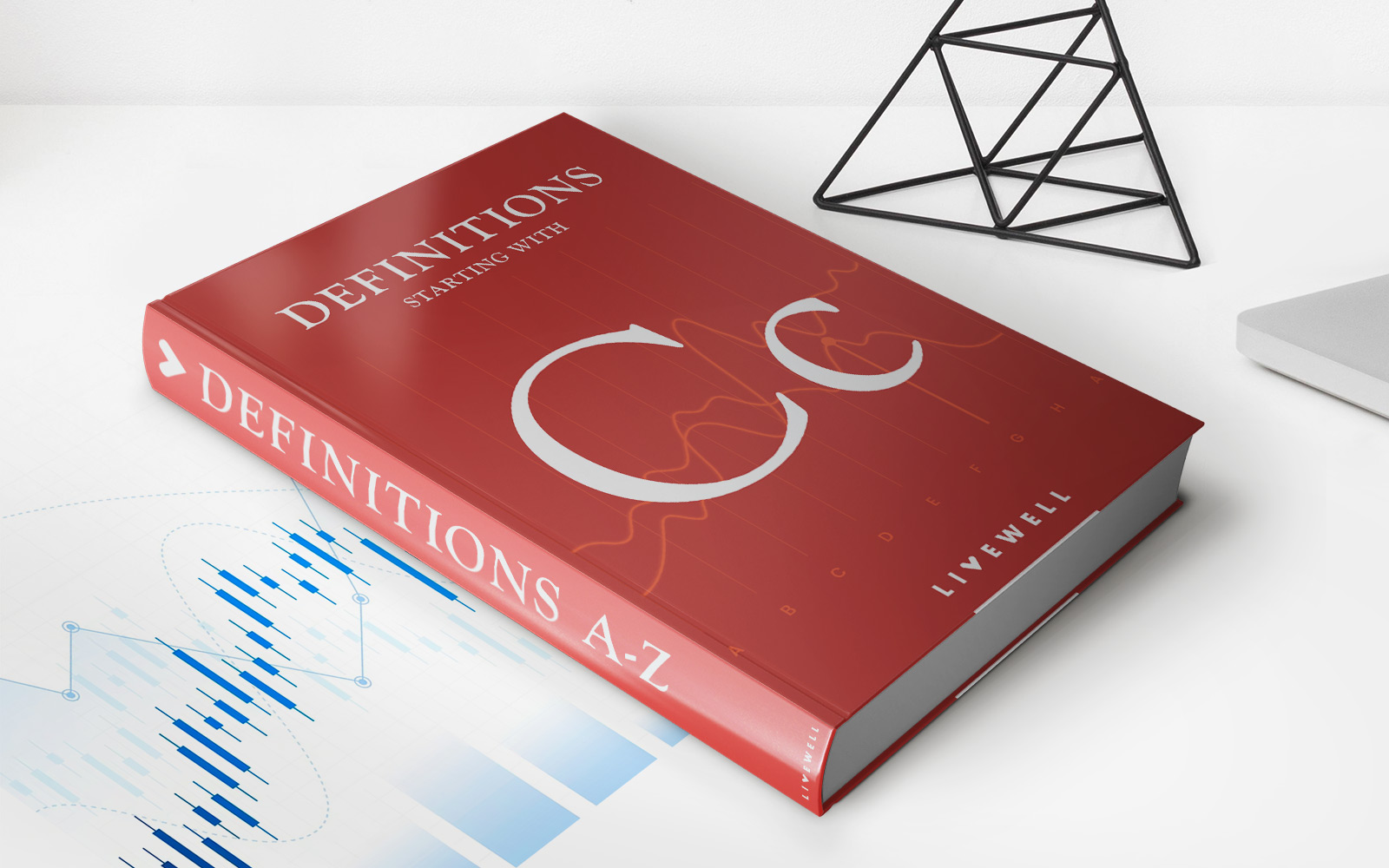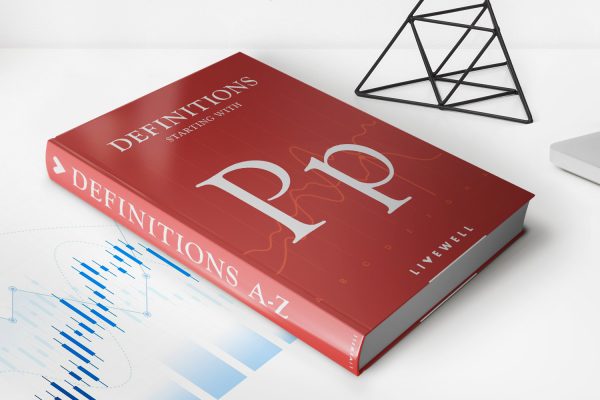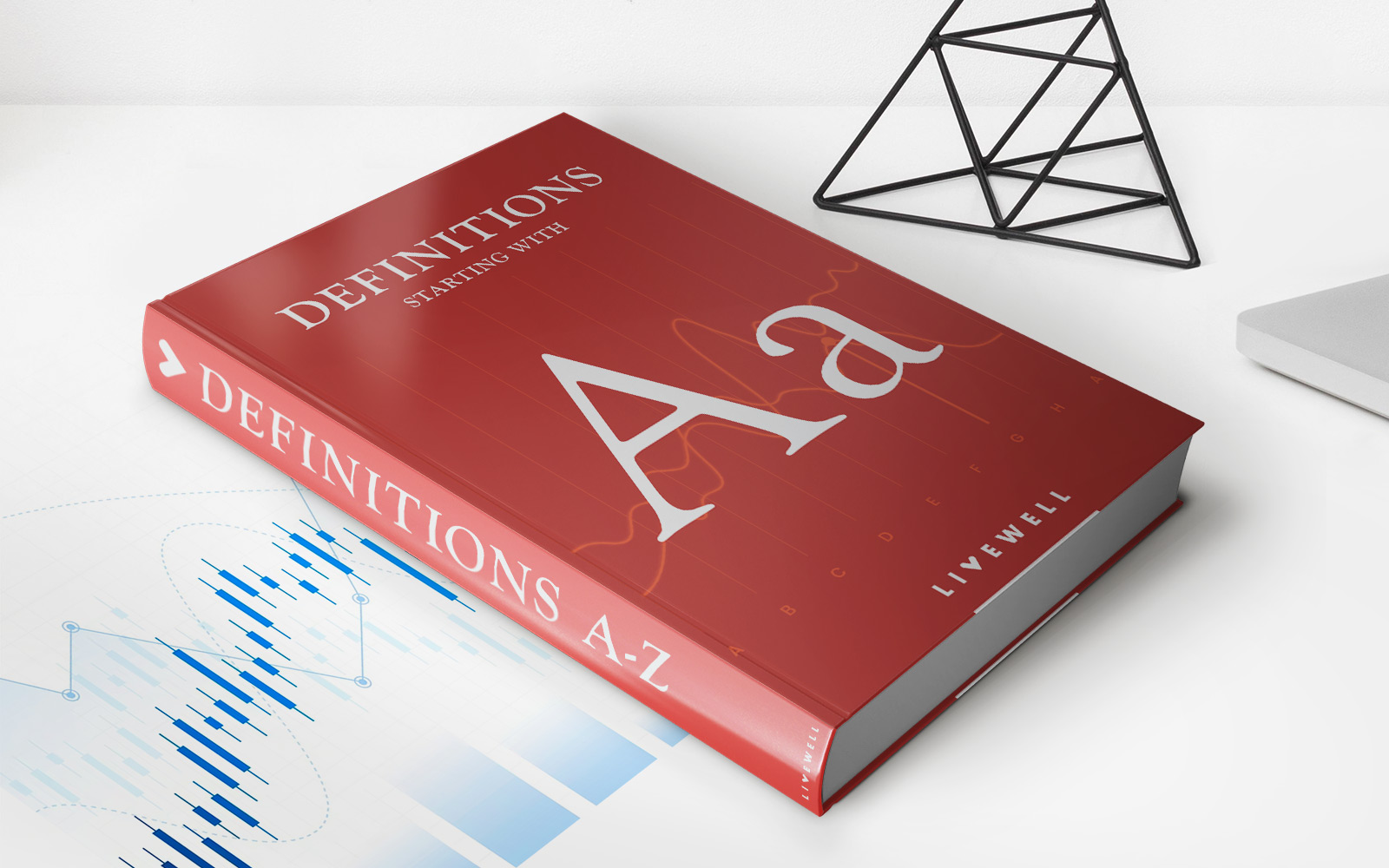Home>Finance>What Happens When You Use The Minimum Payment On A Student Loan


Finance
What Happens When You Use The Minimum Payment On A Student Loan
Published: February 26, 2024
Learn the consequences of making only the minimum payment on your student loan. Find out how it impacts your finances and future. Take control of your financial well-being.
(Many of the links in this article redirect to a specific reviewed product. Your purchase of these products through affiliate links helps to generate commission for LiveWell, at no extra cost. Learn more)
Table of Contents
Introduction
Understanding the Impact of Minimum Payments on Student Loans
Student loans are a common means of financing higher education, enabling countless individuals to pursue their academic aspirations. However, the repayment process can be daunting, especially when faced with the prospect of making minimum payments. While these minimum payments may seem convenient in the short term, their long-term repercussions can be significant. In this article, we will delve into the implications of making minimum payments on student loans, exploring the potential pitfalls and offering alternative strategies for managing loan repayment.
Navigating the complexities of student loan repayment is crucial for borrowers seeking financial stability. By gaining a comprehensive understanding of the implications of minimum payments, individuals can make informed decisions regarding their loan repayment strategies. This article aims to shed light on the long-term consequences and alternatives to making minimum payments, empowering borrowers to approach their student loan repayment with confidence and foresight.
Throughout this article, we will examine the impact of minimum payments on the overall loan balance, interest accumulation, and the potential extension of the repayment period. By addressing these key aspects, readers will gain valuable insights into the financial implications of minimum payments, equipping them to make informed choices that align with their long-term financial goals.
Join us as we unravel the intricacies of student loan repayment and explore the ramifications of minimum payments. By the end of this journey, readers will be equipped with the knowledge and foresight necessary to navigate the complexities of student loan repayment with confidence and prudence.
Understanding Minimum Payments on Student Loans
When borrowers are confronted with the task of repaying their student loans, the option of making minimum payments can appear enticing. Minimum payments are typically calculated based on a percentage of the outstanding loan balance, often accompanied by accrued interest. While these payments may offer immediate relief by reducing the immediate financial burden, it is essential to comprehend their long-term implications.
Minimum payments are designed to provide borrowers with a manageable short-term repayment option. However, it is crucial to recognize that the primary objective of these payments is to cover the interest accruing on the loan, with only a minimal portion allocated to reducing the principal balance. As a result, borrowers may find themselves in a cycle of prolonged repayment, wherein the principal balance remains largely untouched, and interest continues to accumulate.
It’s important to note that the longer the repayment period, the more interest accrues, leading to an overall increase in the total amount repaid. By understanding the mechanics of minimum payments, borrowers can make informed decisions regarding their repayment strategy, weighing the immediate convenience against the long-term financial implications.
Furthermore, the structure of minimum payments can vary based on the type of loan, interest rate, and repayment plan. Federal student loans, for instance, offer income-driven repayment plans that calculate minimum payments based on the borrower’s income and family size. Private loans, on the other hand, may have fixed minimum payments, often resulting in higher overall costs due to the compounding interest.
By comprehending the intricacies of minimum payments on student loans, borrowers can gain clarity on the trade-offs involved. While minimum payments offer short-term relief, the long-term consequences demand thoughtful consideration. In the subsequent sections, we will delve into the impact of making minimum payments and explore alternative strategies for managing student loan repayment.
The Impact of Making Minimum Payments
Choosing to make minimum payments on a student loan can have far-reaching implications that extend beyond the immediate financial relief. One of the primary consequences of consistently making minimum payments is the persistent growth of the outstanding loan balance. As minimum payments primarily address the interest accrued, the principal balance sees minimal reduction, perpetuating the cycle of debt.
Moreover, the accumulation of interest on the unpaid principal further compounds the overall loan balance, resulting in a scenario where borrowers may end up repaying significantly more than the original amount borrowed. This phenomenon, known as “interest capitalization,” can lead to a substantial increase in the total cost of the loan, amplifying the financial burden on borrowers.
Additionally, making minimum payments can prolong the repayment period, stretching the duration over which borrowers are obligated to service the loan. This protracted timeline not only translates to an extended financial commitment but also exposes borrowers to the risk of being entrenched in debt for an extended duration, potentially impacting their financial freedom and long-term goals.
Furthermore, the impact of making minimum payments can extend to credit scores and financial well-being. As the outstanding loan balance persists, and interest continues to accrue, borrowers may find it challenging to make significant strides in reducing their overall debt burden. This can influence their credit utilization ratio and debt-to-income ratio, both of which are crucial factors in determining creditworthiness and financial stability.
By comprehending the multifaceted impact of making minimum payments on student loans, borrowers can make informed decisions regarding their repayment strategy. Understanding the long-term financial implications empowers individuals to explore alternative approaches that align with their financial goals and mitigate the potential pitfalls associated with perpetually making minimum payments.
The Long-Term Consequences of Minimum Payments
When borrowers opt to make minimum payments on their student loans, they inadvertently subject themselves to a myriad of long-term consequences that can significantly impact their financial well-being. One of the most profound repercussions is the extended duration of indebtedness. By consistently making minimum payments, borrowers prolong the repayment period, thereby committing to a protracted cycle of loan servicing.
This prolonged timeline not only translates to a higher overall cost of the loan, owing to the accumulation of interest over an extended period, but also hinders borrowers from achieving financial freedom and pursuing other life goals. The burden of persistent debt can impede individuals from making substantial investments, such as purchasing a home, starting a business, or saving for retirement, thus constraining their long-term financial prospects.
Moreover, the compounding effect of interest on the unpaid principal balance can lead to a substantial increase in the total amount repaid. As interest continues to accrue on the outstanding balance, borrowers may find themselves repaying a significantly larger sum than the original amount borrowed. This escalation in the total cost of the loan can exert a considerable financial strain, impacting the overall financial stability of borrowers.
Furthermore, the long-term consequences of making minimum payments extend to the psychological and emotional toll on borrowers. The persistent burden of debt and the seemingly insurmountable outstanding balance can contribute to heightened stress and anxiety, affecting individuals’ overall well-being. The looming specter of prolonged indebtedness can also impede individuals from envisioning a future unencumbered by financial constraints, thus impacting their mental and emotional outlook.
By comprehending the long-term consequences of making minimum payments on student loans, borrowers can proactively assess their repayment strategy and explore alternative approaches to mitigate the potential pitfalls. In the subsequent section, we will delve into alternatives to making minimum payments, offering insights into strategies that can empower borrowers to navigate their student loan repayment with foresight and financial prudence.
Alternatives to Making Minimum Payments
Amidst the complexities of student loan repayment, exploring alternative strategies beyond making minimum payments can offer borrowers a pathway to more effectively manage their debt and achieve long-term financial stability. One viable alternative is to consider making payments that exceed the minimum requirement. By allocating additional funds towards the principal balance, borrowers can expedite the reduction of their overall indebtedness and mitigate the impact of accruing interest.
Another alternative worth exploring is the possibility of refinancing or consolidating student loans. Refinancing allows borrowers to replace their existing loans with a new loan, typically offering more favorable terms, such as a lower interest rate or extended repayment period. Consolidation, on the other hand, involves combining multiple loans into a single loan, streamlining the repayment process and potentially securing more favorable terms.
Furthermore, borrowers can investigate income-driven repayment plans offered for federal student loans. These plans calculate monthly payments based on the borrower’s income and family size, ensuring that the repayment amount aligns with the individual’s financial capacity. By opting for an income-driven plan, borrowers can better manage their cash flow while working towards eventual loan forgiveness after a specified repayment period.
Additionally, exploring opportunities for supplemental income or windfalls, such as tax refunds or work bonuses, can provide the means to make lump sum payments towards the loan principal. By strategically allocating unexpected financial gains towards loan repayment, borrowers can significantly reduce their outstanding balance and expedite their journey towards debt freedom.
By considering these alternatives to making minimum payments, borrowers can proactively engage in managing their student loan repayment, aligning their strategy with their long-term financial goals and mitigating the potential pitfalls associated with perpetually making minimum payments. Empowered with a comprehensive understanding of these alternatives, individuals can navigate their student loan repayment journey with greater financial acumen and foresight.
Conclusion
As borrowers navigate the terrain of student loan repayment, the decision regarding minimum payments holds substantial implications for their long-term financial well-being. While minimum payments may offer immediate relief, it is imperative to comprehend their enduring consequences. By opting for minimum payments, borrowers risk prolonging the repayment period, amplifying the total cost of the loan, and impeding their financial freedom.
Understanding the multifaceted impact of minimum payments empowers borrowers to explore alternative strategies that align with their financial goals. By considering options such as exceeding minimum payments, refinancing or consolidating loans, and leveraging income-driven repayment plans, individuals can proactively manage their debt and expedite their journey towards financial freedom.
It is crucial for borrowers to approach their student loan repayment with foresight and financial prudence, recognizing the trade-offs involved in making minimum payments. By gaining a comprehensive understanding of the long-term consequences and alternative approaches, individuals can navigate their student loan repayment journey with confidence and strategic intent.
Ultimately, the decision regarding minimum payments transcends immediate convenience and extends to shaping the financial landscape of borrowers’ futures. By embracing informed decision-making and proactive debt management, individuals can pave the way for a more secure and empowered financial trajectory, unencumbered by the enduring repercussions of perpetually making minimum payments on their student loans.
As borrowers embark on this transformative journey towards financial liberation, it is essential to leverage knowledge, prudence, and strategic planning to navigate the complexities of student loan repayment. By doing so, individuals can chart a course towards a future unburdened by the constraints of persistent debt, embracing financial freedom and stability as they progress towards their long-term aspirations.














